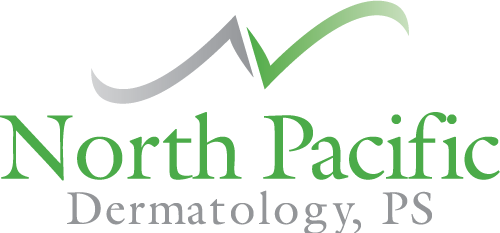Telling the Difference Between Rashes and Rosacea
There are countless types of rashes that can develop as a result of skin irritation. But telling the difference between a skin rash and rosacea can be tough. How do you do it? Here are a few things to look out for.
Known Skin Conditions
If you’ve already been diagnosed with rosacea, you have what’s called a known skin condition. Fortunately, that means you can probably already tell the difference between a flare-up and a skin rash. But if you have no known conditions and no idea what an eczema rash or rosacea flare-up looks like, it’s probably worth setting up an appointment with a dermatologist to discuss your symptoms and your treatment options. Above all else, it’s important to put your health and safety first.
Dry, Cracked Skin
In some cases, rashes can take the form of dry, cracked skin. The redness you may experience alongside these symptoms might lead you to believe you’re suffering from rosacea, but it’s likely that’s not the case here. If you’re experiencing rash-like symptoms that include dry, red, itchy, or cracked skin, you could be suffering from an eczema rash. This is a common skin disorder and it can be particularly active when the weather is cold and dry. If you’re experiencing any of these symptoms and think it could be a skin rash that’s tied to a more serious condition like eczema, make sure you contact your dermatologist.
Hives
Hives, while a common skin rash symptom, fortunately don’t have much to do with rosacea. If you’re experiencing redness and swelling on your face that you think could involve hives, it’s a good idea to contact your dermatologist. But more often than not, a rash with hives is the result of an allergic reaction or a reaction to some other kind of skin irritant. If you have a known allergy and can recall a recent exposure, it’s likely that was the cause of your hives. While rosacea can come with bumpy, red skin, hives aren’t part of that. If you’re unsure whether or not you’re experiencing hives, make note of any symptoms like itching, burning, or stinging. These are the three symptoms that most often accompany hives.
Dandruff and Skin Flaking
Dandruff and skin flaking typically occur in a condition called seborrheic dermatitis. While it’s possible to have this type of skin rash and rosacea, it’s important to know the difference between the two. When you’re dealing with seborrheic dermatitis, the most common symptoms you’ll see are patches of red skin and dandruff. Dandruff and flaking skin most commonly occur on the face and scalp — be on the lookout for dandruff in your hair and flaking skin in areas such as the eyebrows, between and under the brows, and around the creases of the nose and chin. If you’re still having trouble telling these conditions apart, look for red, swollen bumps. While rosacea commonly causes these bumps and this kind of redness, seborrheic dermatitis does not.
If you’re looking for rash treatment options or have questions about whether you’re experiencing a rash or rosacea, don’t hesitate to set up a consultation with our team at North Pacific Dermatology.
